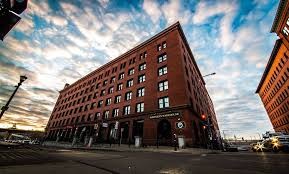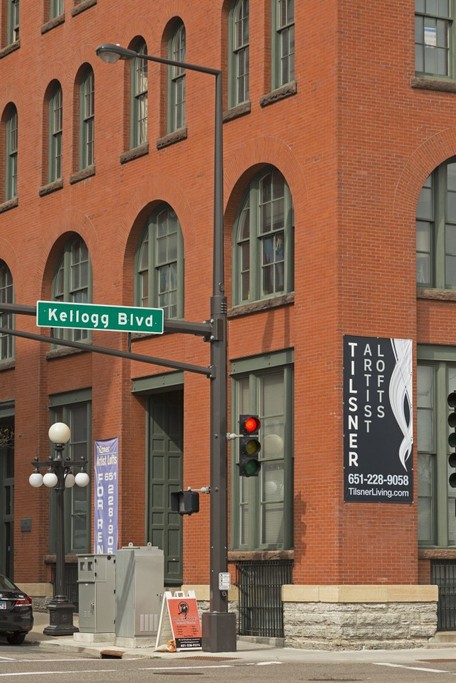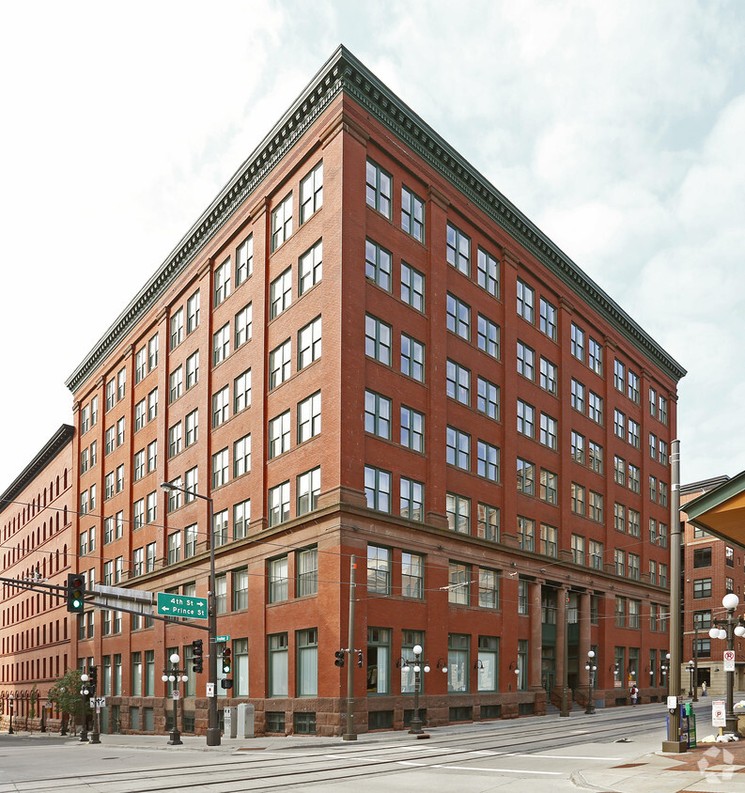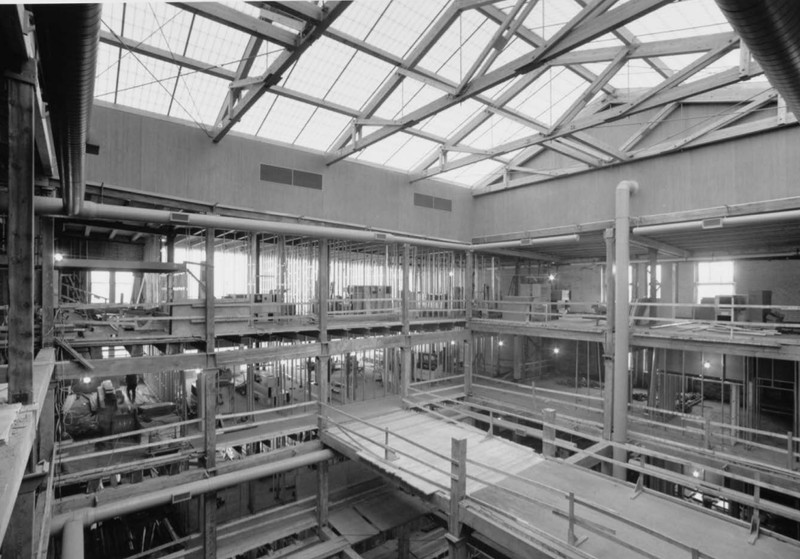Lowertown's Third Life
Introduction
Text-to-speech Audio
Images
Northern Warehouse Artists' Collective today

Great Northern Lofts today

Tilsner Artists' Cooperative today

Lowertown Commons today

Reconstruction of Lowertown Commons Atrium (1978-1990)

Rendering of Lowertown Apartment (1978-1990)

Backstory and Context
Text-to-speech Audio
The third life of Lowertown began in 1978 when a visionary urban planner named Weiming Lu and an organization known as the Lowertown Redevelopment Corporation (LDC) decided to remake it as an "a highly livable urban village in the midst of the city, which will bring new jobs, housing, commercial development, and year-round activities to Lowertown and infuse the city with renewed vitality.” Weiming brought urban planners, architects, for-profit and non-profit developers into the project kickstarting Lowertown's revitalization.
For-profit developers transformed former industrial and office buildings into condos.
- Not quite 100 years after it was built, what the former Northern Pacific Railroad offices became the Great Northern Lofts.
- The former rubber factory and printing compay became Lowertown Commons Lofts, although not before the developer rebuilt entire foundation, which had rotted and collapsed under the building.
The Twin Cities-based non-profit development company Artspace, a leading national developer of art-related rehab:
- Converted the Northern Pacific Railroad Warehouse into the 52 "live-work" apartments for the Northern Warehouse Artists' Cooperative (1990), the first development in the country to use federal Low-Income Housing Tax Credit for artists' housing.
- Transformed the former Tilsner carton factory, which had no remaining windows or roof, into 66 "live-work" apartments for the Tilsner Artists’ Cooperative (1993)
- Units in both buildings are occupied by working artists who must submit their portfolios and undergo a rigorous application process before being permitted to move in.
These new living spaces were only one part the decades-long transformation of Lowertown from industrial district to urban village.
Sources
Millett, Larry. The AIA Guide to the Twin Cities. St. Paul, MN. Minnesota Historical Society Press, 2007.
Minnesota Historical Society Manuscripts Collection. LOWERTOWN REDEVELOPMENT CORPORATION:An Inventory of Its Records at the Minnesota Historical Society. Accessed July 22nd 2020. http://www2.mnhs.org/library/findaids/00673.xml.
Minnesota Historical Society
Minnesota Historical Society
